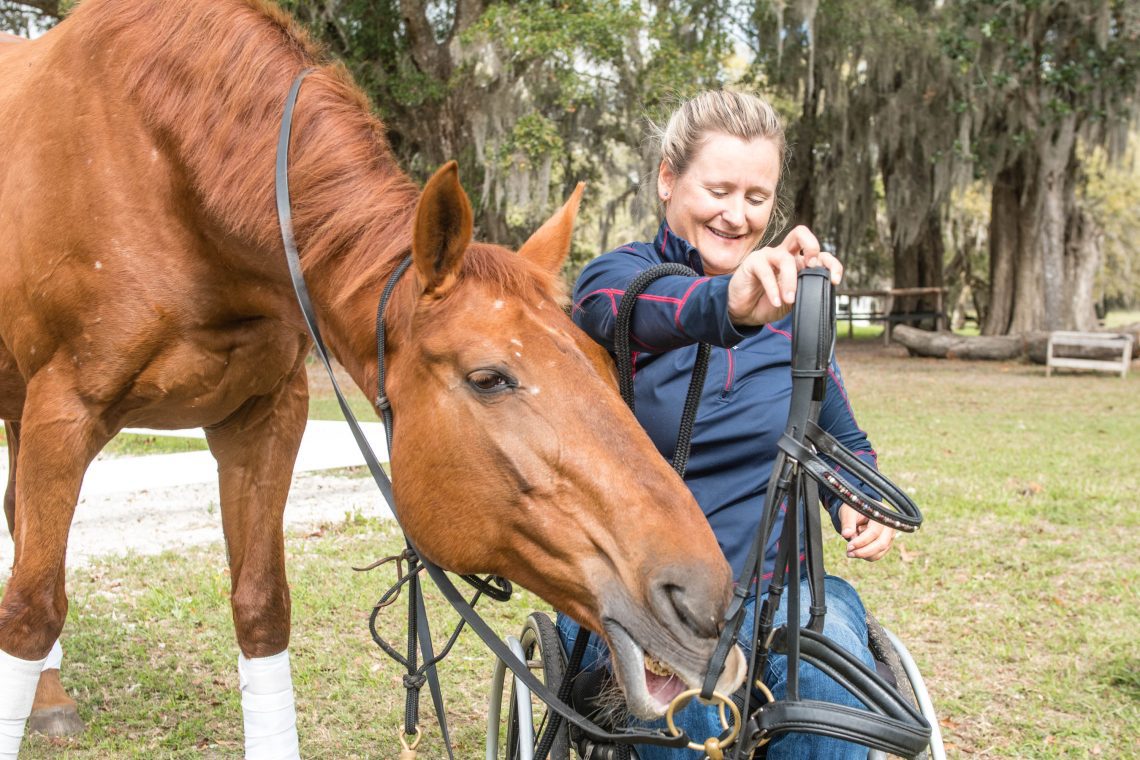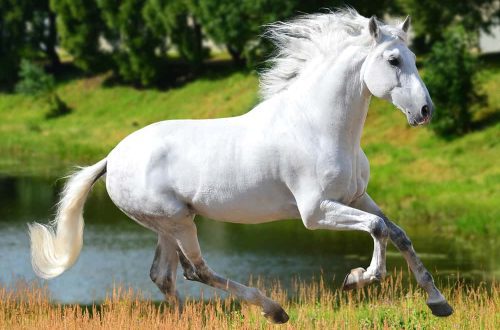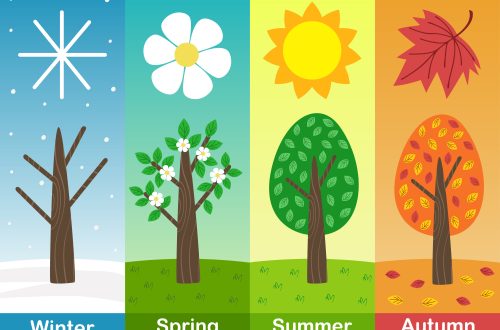
Bridle game
Bridle game
All my horses are drawn to the bridle when I saddle them. How a horse accepts the bridle and snaffle can say a lot about his attitude to work. The mouth is the most sensitive place in the horse, so exposure to it allows us to communicate with it at the most subtle level. When I saddle horses, I always pay attention to how they agree to take the bridle. If the horse is embarrassed, I ask myself: what could the horse be offended by in the last training session? Is there any source of physical discomfort? Maybe I’m in a hurry and the horse feels pressure? Ideally, I want my horses to be willing to take the snaffle and happily accept the bridle.
As with all training, I believe that if you introduce a playful element into the lesson, you can make the horse more interested in the work. And if I want a horse to have positive associations with putting on a bridle, I not I want the horse to expect a food reward every time I put a bridle on him. I accomplish my goal with what I call The Bridle Game, a step-by-step process that actually goes far beyond just putting a bridle on a horse.
How to play “The Bridle Game”:
You need to play at a time when you are not going to drive. The main thing for you is that the horse wants to take the snaffle and wants you to put a bridle on him.. Eventually, in time, I won’t have to keep a treat ready when I decide to put a bridle on a horse. I make sure that when he sees me with a bridle, the horse lowers his head down and reaches for the snaffle. In some cases, she will receive a treat, and in others, she will not. But I will know when the training was hard for the horse by how he will give up the bridle the next day. In such a situation, she seems to be saying: “I don’t know if I want to take a snaffle.” This is part of the journey towards the goal. This is feedback. To me, taking a bridle is not necessarily a “horse’s job” to do. I worry about her feedback, which tells me how the previous day affected her mental and emotional state.
I always have a plan of what I will do with the horse in the next training session. But I am always ready to step away from it and do what is best suited to the physical, psychological and emotional state of the horse. The interaction and willingness of the horse to cooperate during the saddle will give us clues about how the horse is feeling at that particular moment.
Lauren Barwick (source); translation Valeria Smirnova.





